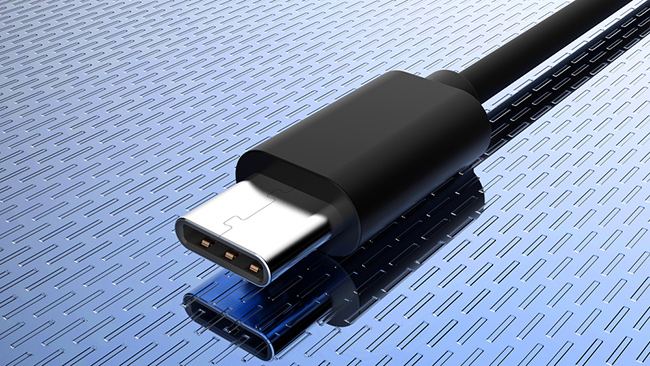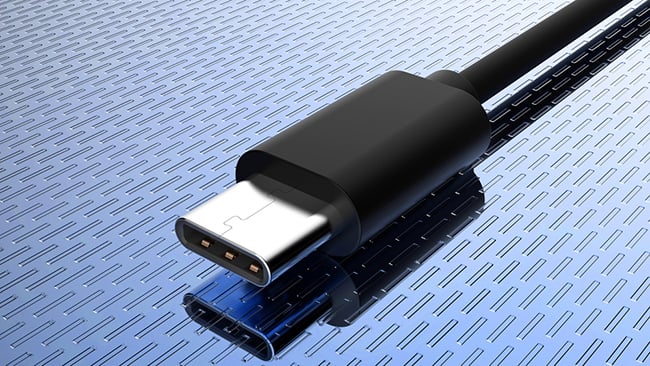
 USB is about to get a huge speed boost
USB is about to get a huge speed boost
The USB 3.0 Promoter Group, which consists of 980 member companies including AMD, Apple, HP, Intel and Microsoft, has announced an update called USB 3.2 that doubles the speed of USB 3.1.
At present details are provisional, however we expect to see the release of a final standard during the USB Developers Days in Vancouver, Canada on 26th and 27th September. All being well, we then expect to see USB 3.2 hardware rolled out during 2018.
We learn from the Press Release that the key characteristics of USB 3.2 include:
- Two-lane operation using existing USB Type-C cables
- Continued use of existing SuperSpeed USB physical layer data rates and encoding techniques
- Minor update to hub specification to address increased performance and assure seamless transitions between single and two-lane operation
And for users to obtain the full benefit of this performance increase, a new USB 3.2 host must be used with a new USB 3.2 device and the appropriate certified USB Type-C cable. This update is part of the USB performance roadmap and is specifically targeted to developers at this time.
It may seem that the news here is that USB 3.2 can transfer data either in two lanes of 5Gbps or two lanes of 10Gbps (yes, that looks odd but it seems to mean you cannot have 5Gbps and 10Gbps simultaneously). Anyway, provided you have USB 3.2 devices at either end of your certified USB 3 cable you will be able to send data at double the existing rate.
That’s the headline and it pretty much entirely misses the point, because really this announcement is all about the USB Type C connector. USB Type A is the rectangular letter box connector you find on most flash drives. It works, you always plug it upside down and it is far too large for mobile devices. USB Type B is the odd stacked connector you find on printers and scanners.
And then there are various Micro USB connectors that change from one generation of mobile phone and MP3 player to the next and add to the stack of cables in your man drawer.
USB Type C is the tiny oval connector you find on modern devices such as Google Pixel and it performs exactly the same task as previous USBs, except that it is symmetrical and you can plug it in either way round and cannot get it wrong. Also, it looks exactly the same as Thunderbolt 3 but works rather differently. Thunderbolt can handle bi-directional data and enough power to run an external monitor from that single tiny cable, which seems to be a trick that USB 3.2 cannot manage.
Over the next few years you can expect to see a move to USB Type C on every new device, however you will have to look closely at the ports and connectors to establish whether or not the device is USB 3.2, USB 3.2 powered (small battery symbol) or Thunderbolt 3 (Lightning symbol). Of course there is every chance it will be a legacy USB 3.1 Gen 1 or Gen 2 but the only way to find out is to insert a cable and see how it performs.
The good news is that Type C is so tiny and so capable that it really should be a feature of every new camera starting, oh, about now.
Title image courtesy of Shutterstock.
Tags: Technology


Comments